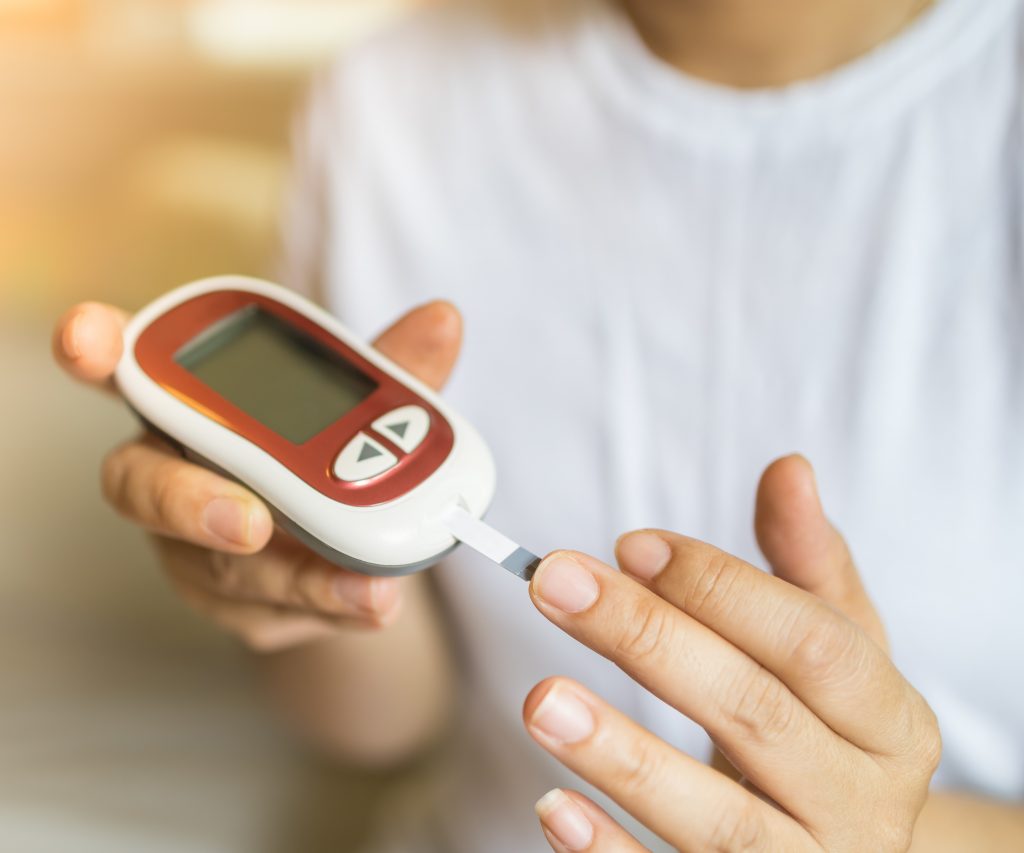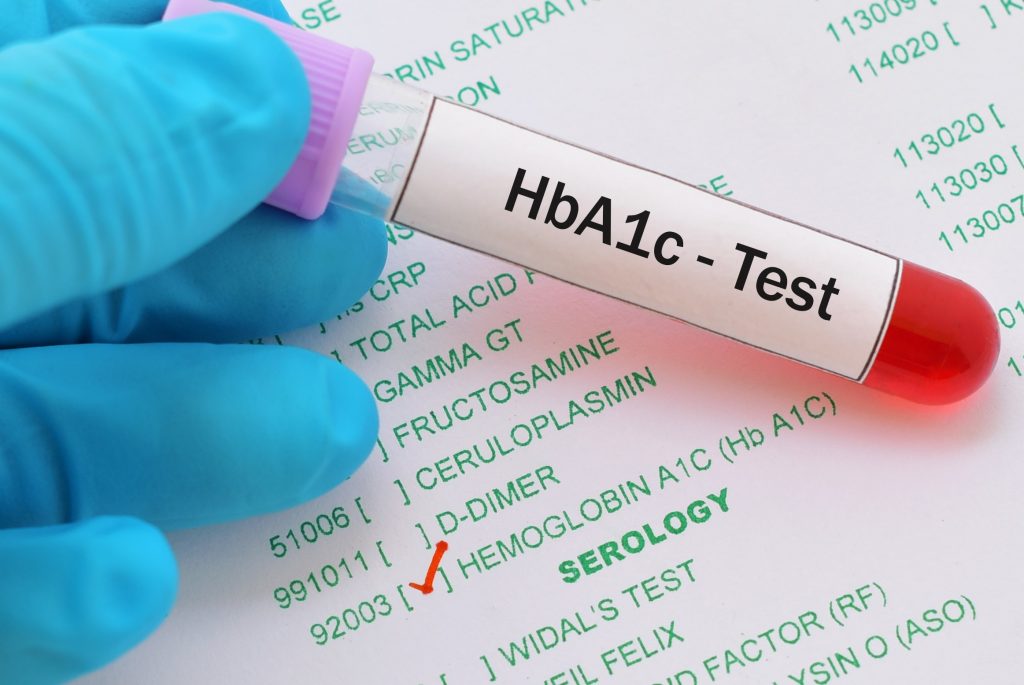
How Do I Measure My Blood Sugar?
If you are a diabetic, measure your blood sugar by starting a diabetes management
plan. If you are not a diabetic, use these steps to help prevent diabetes. Also, you have to set goals and objectives to keep your blood sugar level under control. Blood glucose is another name for blood sugar. If the sugar level is too high, it will cause health issues over a period of time. If the sugar level is too low, your body will not function properly. Learn how to measure your blood sugar by doing the following: use a glucose meter, get A1C tests or contact your healthcare provider.
Use a Glucose Meter
First, use a glucose meter to measure your blood sugar. You save money by learning how to check your glucose level. For example, you will not pay for a doctor’s visit, or pay for a glucose test. Go to your local drug store. Buy a glucose meter and test strips. Wash your hands. Place a strip in the meter. Use the meter’s lancet to stick the skin for a small drop of blood from the finger. Drop the blood on the test strip. In a few seconds, you will get your blood sugar reading. With some meters, you can download the numbers, and send them to your physician. Do not forget to read the glucose meter instruction manual.

Get A1C Tests
Next, get A1C tests to measure your blood sugar. The A1C test is an average glucose level for the past two or three months. You should get this test at least two times a year. Simply put, you schedule an appointment with your doctor in most cases. Please fast for at least 12 hours before the test. If you are not fasting, it will impact the test results. You can drink water.
With the test results, your doctor will look at a scale (4% to 7%) of numbers. Aim for a glucose level based on your health and doctor’s advice. Furthermore, there are A1C home kits on the market. The kits are available for only “monitoring” your A1C. Do not use a home kit to “diagnose” you as a diabetic. Please keep in mind that there are many factors that affect blood sugar levels.

Contact Healthcare Providers
Moreover, contact your healthcare provider(s) to measure your blood sugar. Healthcare providers have access to many resources for diabetes patients. In the United States, 30 million people are living with diabetes. They receive care from medical professionals in their communities. The dietician can help track which food make your sugar level go up or down. Before a meal, the preprandial sugar range is 80-130 mg/dl. After a meal, between one and two hours, the postprandial sugar range is less than 180 mg/dl. Use these numbers only as a guide. Make sure you contact your physician, or healthcare provider(s) for assistance with measuring your glucose levels.
Finally, avoid measuring your blood sugar levels frequently unless it is necessary. This is why it is important to see your doctor at least every six months. If you do not have a doctor, find out what types of health services are available in your community. Hospitals will sometimes work with vendors to provide free meters for their patients. The American Diabetes Association is an excellent tool to learn more information about measuring your blood sugar level. This is not medical advice. The information is written only to inform the readers.
